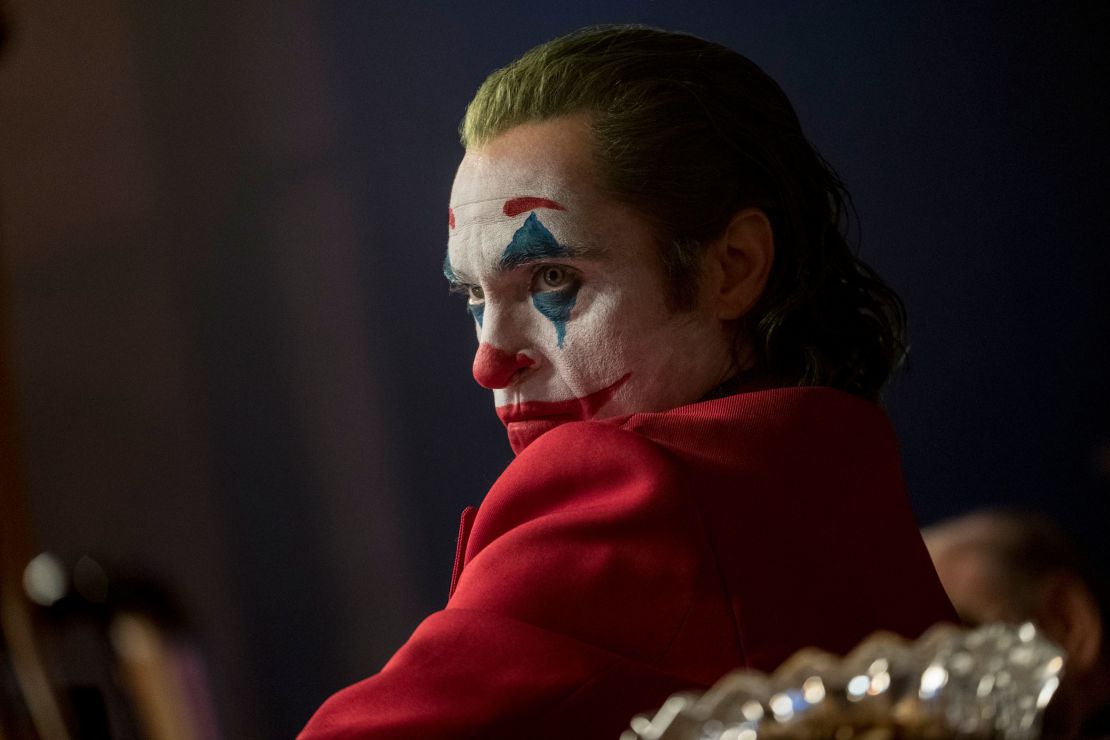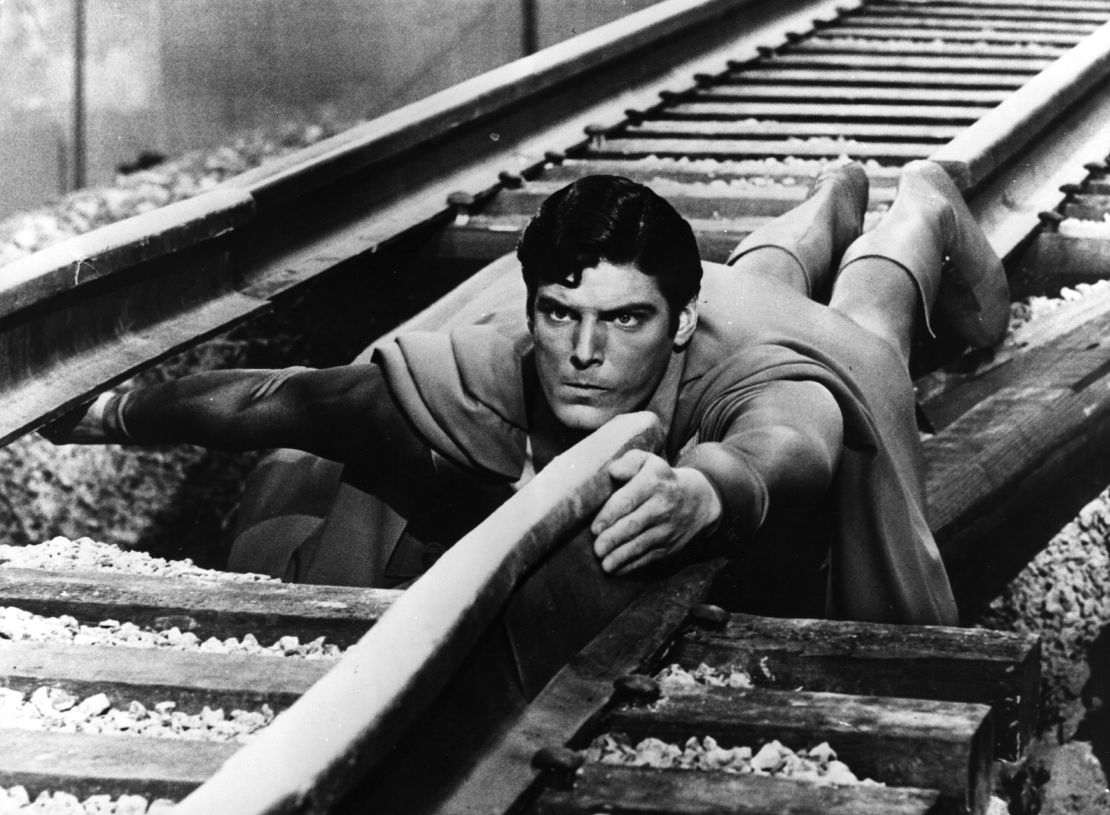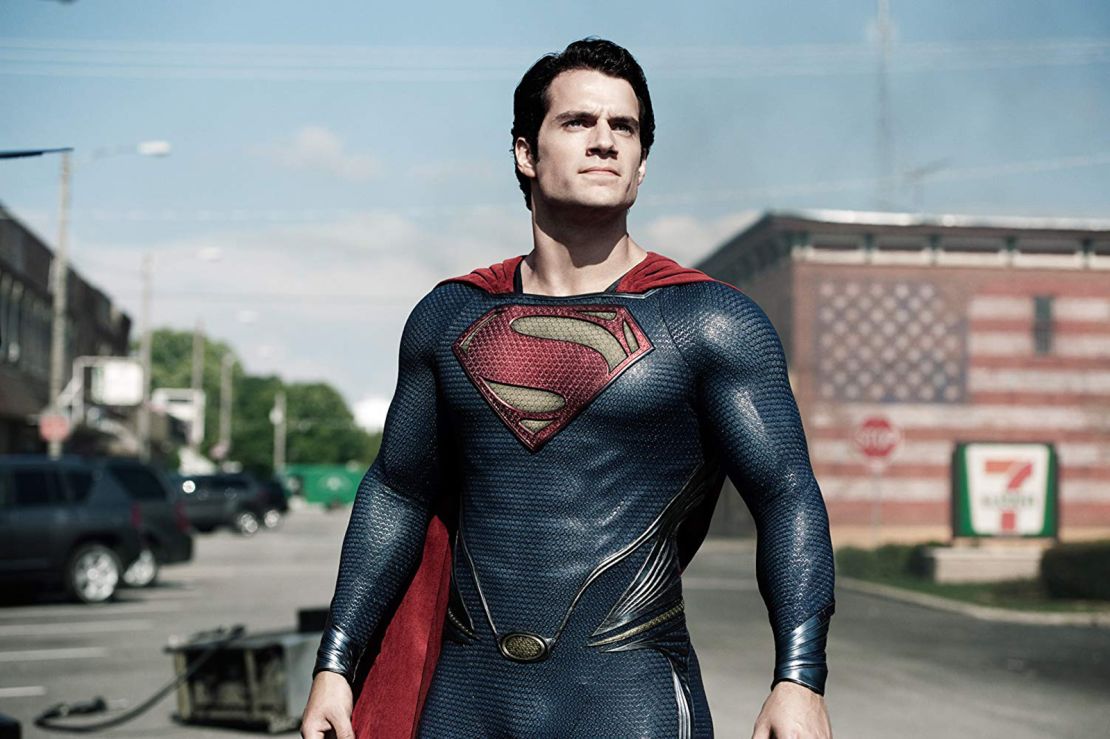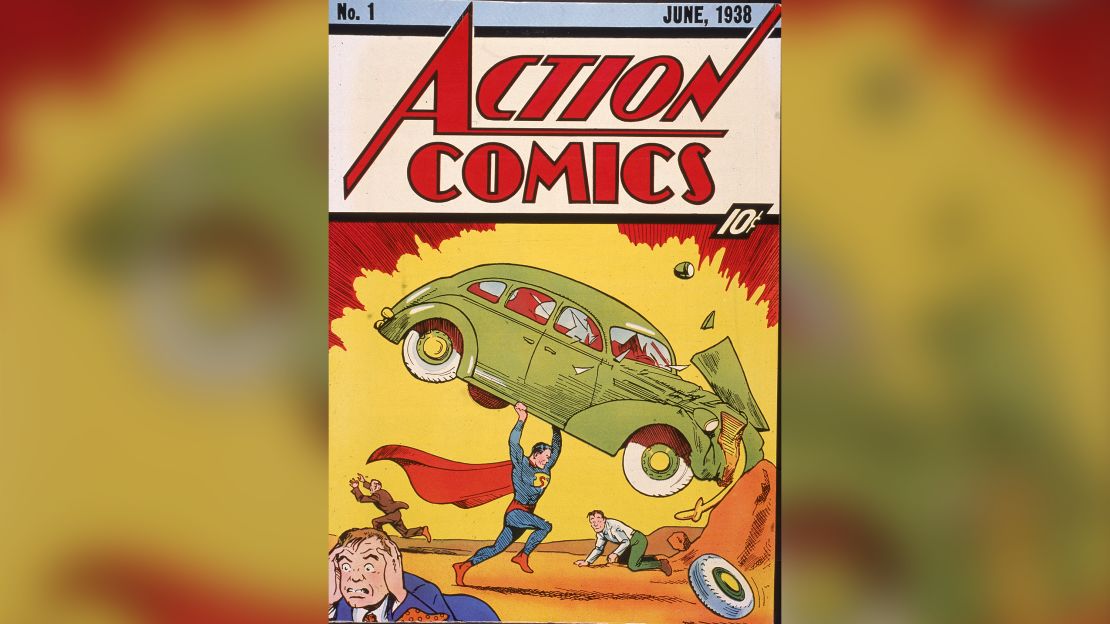Editor’s Note: Noah Berlatsky is the author of “Wonder Woman: Bondage and Feminism in the Marston/Peter Comics.” The views expressed here are solely the author’s. View more opinion articles on CNN.
Superman was the first superhero ever created, and is still perhaps the best-known. But he isn’t thought of as an especially relevant or timely character these days. He can outrun a speeding bullet, turn back time and come back from the dead. The one thing he can’t do, apparently, is anchor a hit film in the contemporary superhero era.

The time has come for a superhero film steeped in social and political realism, with a hard-hitting, class-conscious hero ready to fight for the little guy.
No, I’m not talking about the populist blockbuster “Joker,” released earlier this year. I’m talking about Superman – the original Superman. Superman as initially conceived in the 1930s was successful in part because he spoke so directly to the social tensions and problems of his day – tensions and problems that aren’t so different from our own: gender inequality, corporate corruption and greed, racism and vulnerability to state power.

“Joker” and “Watchmen” have been praised for the innovative ways in which they use superhero narratives to confront oligarchy and white supremacy. But Superman invented the superhero genre by doing the same thing eight decades ago.
Christopher Reeve’s 1978 “Superman” was a critical and commercial blockbuster, but DC Films and parent studio Warner Bros. has struggled to replicate that success in the 21st century.
The melancholy sequel “Superman Returns” (2006), the downbeat reboot “Man of Steel” (2013) and the light-hearted team film “Justice League” (2017) all underperformed, and the studio reportedly has no idea what to do with the character next. Though there are tentative plans for a new attempt in 2023, the project currently has no director or star attached to it.

DC Films’ seeming confusion is understandable.
Superman is best known as a pure-hearted Boy Scout with near-infinite power. In a superhero landscape that has mostly forsworn the sweetly campy tone of yore, that doesn’t leave a lot of room for believable internal or external conflict. (Warner Bros., as part of Warner Media, is a sister company to CNN).
Yet the character first unleashed by on the world by Jerry Siegel and Joe Shuster in 1938 was almost unrecognizable from the on-screen demigod we’ve grown used to over the past 40 years. The original Superman could bend steel bars and was impervious to bullets. But he couldn’t push planets around. He didn’t even fly. He got around Metropolis by jumping really high.
Superman’s first-ever 13-page story in Action Comics #1 had nary a super villain in sight. Instead, Superman rescued an innocent woman about to be executed and stopped an incident of domestic violence.
In Superman #1 from June 1939, the hero puts an end to the ill dealings of a corrupt munitions manufacturer. In another story from the same issue, Superman investigates a coal-mine collapse, and discovers that the owner has been negligent. Superman traps the boss in the mine so he can see the conditions the miners face and (tearfully) repent his greedy refusal to do proper maintenance. Our hero is a super safety inspector.

Books such as Rabbi Simcha Weinstein’s “Up, Up, and Oy Vey” have made a lot of Siegel and Shuster’s Jewish roots, arguing that the Man of Steel was inspired by Jewish legends about constructing a superstrong golem of clay to protect the community. Those parallels are tenuous at best, but early Superman’s politics resonated (and still do) with the views of many liberal Jewish voters. Roosevelt’s New Deal appealed to many working-class Jews in the 1930s. In an America still struggling with the aftermath of the Depression, Superman fought against profiteers and capitalists on behalf of workers.
He also fought Nazis, most prominently in a two-page story in Look magazine. Siegel and Shuster had their hero capture Hitler and his then-ally Stalin and deposit them at the League of Nations to be tried for war crimes. After the war ended, the popular Superman radio show ran a storyline in which Superman investigated and defeated the resurgent KKK, some 75 years before HBO’s “Watchmen” series had its own heroes battle the Klan.

In the 1950s, Congress investigated the possible negative influence of comics on children, and the industry self-censored, backing away from controversial content. Superman shed his political convictions, and most of his stories centered on frankly silly plots, often involving bizarre transformations (in one memorable story Superman grew a third eye in the back of his head and started wearing silly hats to disguise it).
Writers started penning more straightforward adventure stories again in the 1960s, but the character never recaptured his early radical charge. Instead, he came to stand for truth, justice and a blandly righteous American way.
In recent years, stories like “Batman v. Superman: Dawn of Justice” (2016) Superman’s status is (literally) an alien immigrant, who inspires nativist fears and backlash. That’s not a theme Siegel and Shuster developed much, but it’s certainly a reasonable and relevant approach to the character.
As DC Films tries to figure out what to do with the hero, though, it is worth looking at those early stories, in which Superman uses his not yet all-encompassing power to directly confront the villainous indifference and corruption of rapacious wealthy capitalists and racist thugs.
If DC Films wants a relevant Superman, all they need to do is go back to the first one.












